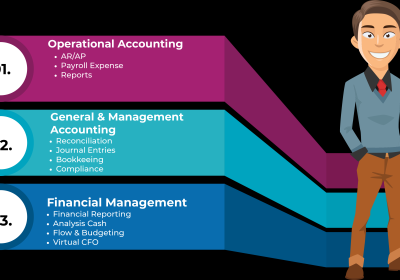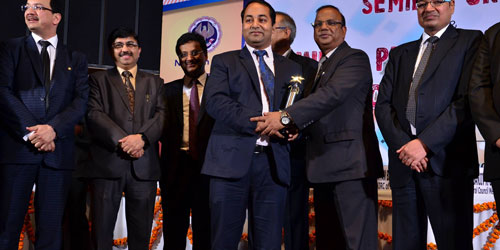Operational Excellence > Continuous Improvement
Continuous Improvement is the on-going attempt to improve products, services and processes by
making small, incremental improvements within a business. It is a belief that these
significant matters will consolidate into a major change over a period of time and it is
much about strategies (i.e. specific improvements) as it is all about changing the culture
of the entity to concentrate on opportunities for improvement rather than problems.
Essential factors for continuous successful improvement programs are described below:
1. Leadership that walks the talk
The assistance given by the organization’s leadership team is generally stated as the number
one factor for the glory of an uninterrupted major initiative. Leader should be the role
model for their employees he set an example for their employees so that they inspire and act
the same as a result it can be the benefits for the entity to achieve the objectives. It
finally comes down to guidance and support within the organisation to make this dramatic
change. If there is no proper support for a continuous improvement program to be executed,
then the team charged with implementing it will be operating on what will be, in effect, a
series of isolated efforts.
2. A focus on “fire prevention” rather than “fire fighting”
No separate, team or company can perform change if they don’t have the time or mental
capacity to do so. Often there is a problems that need fixing that are creating a series of
“fires” that regularly distract managers from resolving the major cause of their
difficulties. Everyone constantly work harder, rather than smarter. It is an imperfect
activity where few companies celebrate and reward those employees and managers who put out
the most fires, which removes incentive to prevent the fires in the first place.
3. Constancy of purpose
In Dr. W. Edwards Deming’s “14 points” he called for the “constancy of purpose for continual
improvement of products and service to society.” This endless, relentless focus on
improvement is a key for maintaining and undergoing process improvements in the long run.
Changes need to maintain momentum to ensure the changes are not forgotten and don’t grind to
a halt through exhaustion or resistance. Successful continuous improvement programs
understand that improvement is not merely a management initiative – a so-called “flavour of
the month” – but a long-term practice that needs to pervade everything an organization does.
4. Shift to long term mind-set
Managers are often focused on whether they’re going to face their monthly or quarterly
objectives and it can unfavourable to prioritize improvements that will only make an
influence over a longer period of time. As a result, continuous improvement is as much about
mind-set as it is about actions. The company needs to look at the long-term effects of the
work it is doing and understand that a quarterly dip in performance can be allowed if it
means that in the long run, the company is in a better position - both financially and in
terms of the company’s capability to deliver magnificent products and services to its
customers.
The clue for successful continuous improvement is in its name. It must be continuous so that
opportunities for growth can be highlighted, improvement made and measured and evaluated.


























































